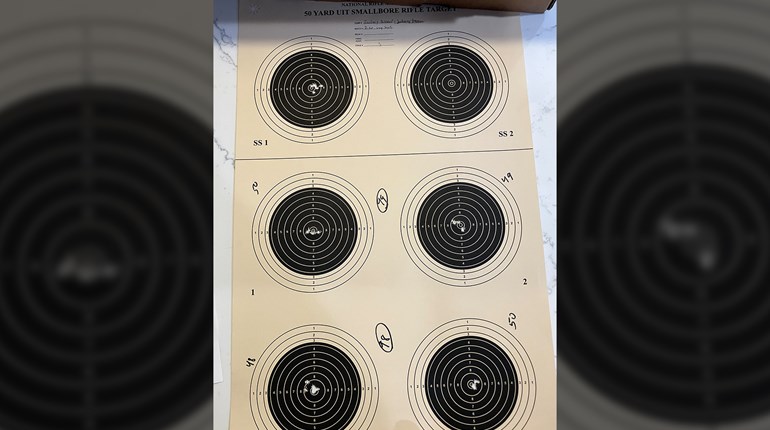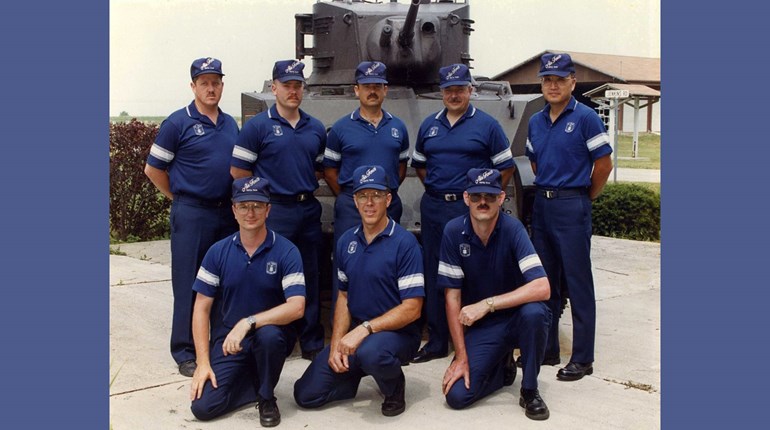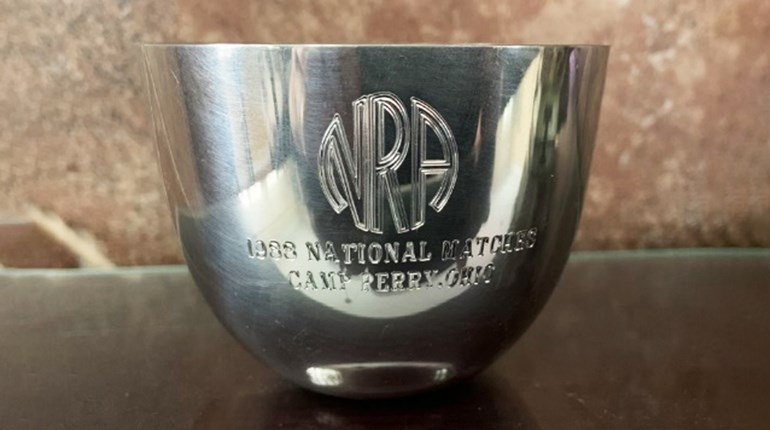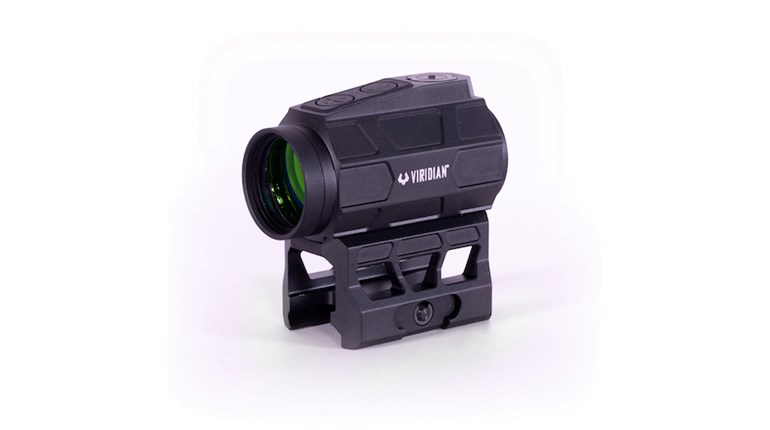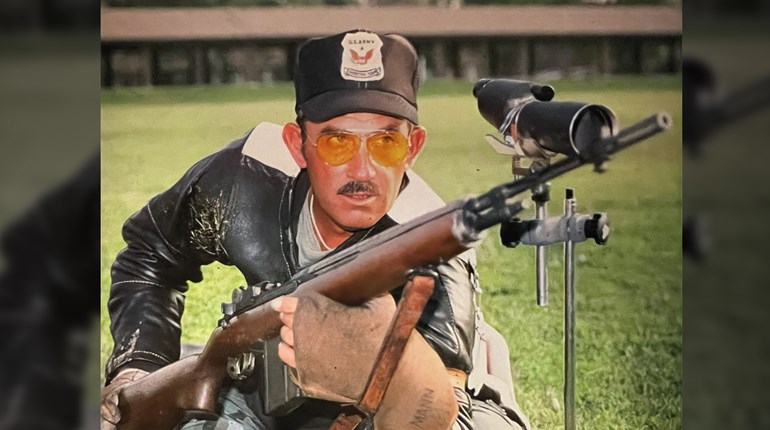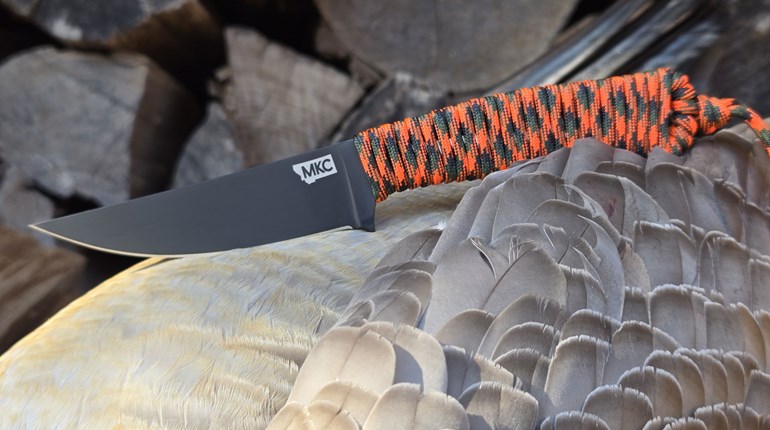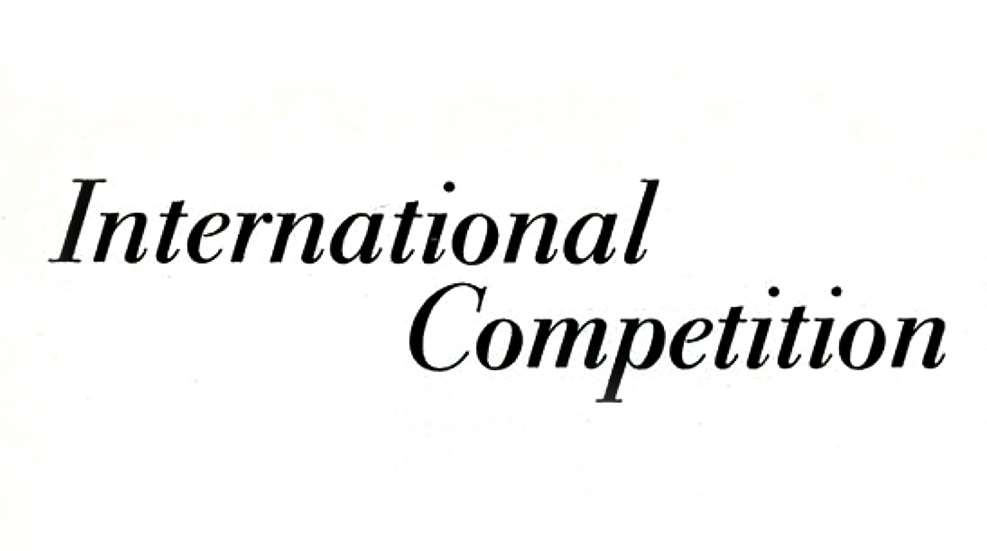
One important aspect of the competitive shooting program conducted under the National Rifle Association is participation in international shooting events, both in the Olympic Games and in the events held biennially by the International Shooting Union. Since World War II the NRA has sent teams of American shooters to the 1948 Olympics in England, and to the 1949 International Shooting Union Matches and the 1951 Pan American Games in Argentina.
This year the NRA will select a team of 12 men to participate in the ISU World Championship matches in Oslo, Norway, July 6 to July 16; eight of these men will also compete in the Olympic Games in Helsinki, Finland, July 19 to July 29. (Detailed information about tryouts and the selection of team members appeared in the Rifleman, January 1952, page 22.) In order to send a team to the Olympics and ISU matches this year and in future years, the NRA, like any other rifle and pistol club, has to overcome the problem of financing the team and seeing that shooters have the opportunity to practice over the international courses of fire.
The financial problem is the expense of sending teams to ISU and Olympic matches. As most NRA members realize, a large portion of expenses for international shooting in the past have come from the federal government through the Director of Civilian Marksmanship. While an attempt is being made to obtain federal funds to pay the expenses of a team of U.S. shooters in the 1952 international matches, it appears likely that the appropriation will not be forthcoming. Therefore, the NRA has created a revolving fund, known as the International Shooting Fund, to support international match shooting.
The NRA International Shooting Fund was started at the 1951 National Rifle and Pistol Championships by including in the programs International Aggregates, the entry fees from which were the beginning of the Fund. With the International Shooting Fund established, it must be maintained by those shooters interested in seeing the United States continue to compete in international match shooting, through donations, special match entry fees, and other sources. Future national championship tournaments and regional tournaments will include International Aggregates, entry fees from which will be placed in the International Shooting Fund. The National Rifle Association urges that each local tournament include in its program an International Aggregate and matches of the international type, entry fees from which should be deposited in the International Shooting Fund.
Individual NRA members who wish to aid U.S. participation in international shooting events by donations should mail their contributions for the International Shooting Fund to the National Rifle Association. Receipt of the contribution will be acknowledged.
The cooperation of all rifle and pistol clubs is required to provide U.S. shooters with the opportunity to practice shooting over international courses of fire. Since the tryouts for places on the 1948 Olympic Team, shooters have expressed the desire to fire matches over the courses of fire used in the Olympic Matches and in the International Shooting Union World Championship Matches: three-position (prone, kneeling, and standing) matches with the .22 rifle at 50 meters; three-position matches with the high power free rifle at 300 meters; slow fire matches with the free pistol at 50 meters; rapid fire matches at silhouette targets at 25 meters.
But there is the matter of getting tournaments to sponsor international-type matches. How can we, shooters ask, try out for a place on an international team over a course of fire we have never fired? Won't the lack of opportunity to shoot over international courses of fire prior to the tryouts keep men of unknown ability off the team, or possibly prevent the United States from being represented in the Olympics and International Shooting Union events by the best squad? If the United States is to continue sending rifle and pistol teams to compete in Olympic and International Shooting Union matches, shooters must be given a chance to shoot over International courses of fire.
If the United States is to be represented in ISU matches and in the Olympic games by the best team, and if all shooters are to be given opportunities to practice before the final tryouts next June, tournaments must program international-type matches, either prescribed or as modified to fit U.S. ranges, which are measured in yards and frequently have no facilities for holding matches at meter ranges. All 1952 National Championships will include international-type matches as did the National High Power Championship and the National Smallbore Championship last year. Each 1952 regional championship tournament will schedule international-type matches, though they will not be part of the regional championship aggregate.
Since some U.S. ranges cannot accommodate the 300 meter free rifle distance or the 50 meter range for slow fire pistol, international targets have been reduced for 200 or 300 yard free rifle shooting or 50 yard slow fire pistol shooting. The targets are available from the National Target Company and from Wisler Western Arms Company. The regular 50 meter target and range is used for the smallbore free rifle three-position match. The 25 meter rapid fire silhouette pistol match can be fired at 25 yards.
No new target frames or other equipment are needed for the rifle matches. Plans for a simple, inexpensive 25 meter silhouette target frame are available from the National Rifle Association. The rules under which International Matches (both Olympic and International Shooting Union) are fired are contained in the current NRA rule books.
Nearly all tournament shooters could fire international course if each 1952 tournament would schedule at least one international-type match—three-position rifle (prone, kneeling, and standing), international slow fire or silhouette rapid fire pistol matches in its program. If necessary, these matches can be unsquadded, thus allowing shooters to fire them when not shooting in regular matches. The number of shots can also be reduced if necessary.
With the cooperation of shooters and tournament sponsors, 1952 will see variety and new matches added to tournament schedules, and a real beginning made to put U.S. shooters at the top of the list of international world champions.













